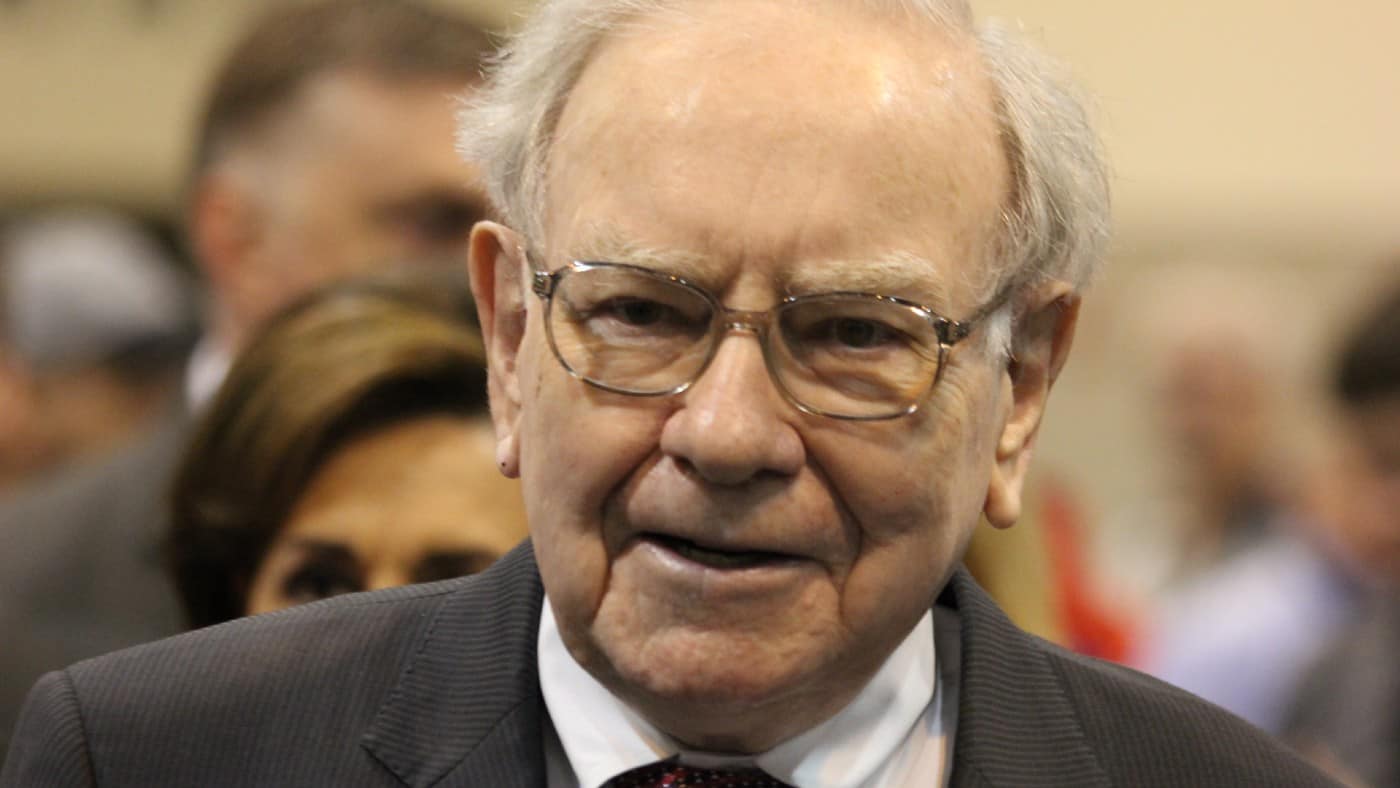On 11 March 1941, Warren Buffett spent $114.75 buying three shares in Cities Service. In his own words: “I had become a capitalist, and it felt good”. Eighty-three years later, according to Fortune, the American is worth $132.9bn.
Achieving a compound annual growth rate (CAGR) of 28.6% is impressive. Not even Berkshire Hathaway, Buffett’s own investment vehicle, has achieved this feat. From 1965 to 2023, its stock price grew by an average of 19.8% each year.
To try and match near-30% annual growth, I think it’s necessary to look at smaller companies that could be the ‘next big thing’. Although long-established businesses are less risky, their share prices — over the longer term — tend to perform more conservatively.
One place to look for future stars is the Alternative Investment Market (AIM).
But since March 2019, the three stocks on the FTSE AIM 50 with the most impressive share price growth are all in — what I would term — ‘old-fashioned industries’. I can’t see their performance being sustained over an extended period.
| Stock | Principal activity | Share price performance 9.3.19-8.3.24 (%) |
|---|---|---|
| Ashtead Technology Group | Subsea equipment rental | 345 |
| Volex | Manufacturer of power products | 214 |
| CVS Group | Veterinary services provider | 205 |
The index doesn’t appear to contain many artificial intelligence (AI) stocks.
I think AI has the potential to transform everyone’s lives. But the commercial applications of AI are still being assessed. It’s therefore going to be difficult to pick winners.
A possible solution to this problem is to buy an exchange-traded fund (ETF). An ETF invests in several stocks, enabling risk to be spread across many companies through a single investment.
An AI-focussed ETF
One option is the WisdomTree Artificial Intelligence and Innovation Fund (NYSEMKT:WTAI). It specialises in companies with the investment theme of AI and innovation. All of its holdings are in companies involved in the software, semiconductor or AI-related hardware industries.
The table below shows its five biggest holdings at 31 December 2023.
| Stock | Proportion of fund at 31.12.23 (%) |
|---|---|
| NAVER Corporation | 1.96 |
| Alphabet | 1.82 |
| Arm Holdings | 1.80 |
| Meta Platforms | 1.80 |
| Qualcomm | 1.65 |
All of the names are familiar to me except NAVER Corporation. It operates a search engine in South Korea. The company’s also involved with augmented reality, robotics and autonomous vehicles.
But since its inception on 12 September 2021, the fund’s price is down 12%. This demonstrates how difficult it is to make double-digit returns. Picking winners in a sector that’s still in its infancy is fraught with danger.
The fund (like the sector) is high-risk. Competition in the AI industry is intense and there’s a big chance of product obsolescence.
The level of investment required is also huge. By 2030, the UK government says it’s likely to cost “many billions“ to train a large language model, compared to the estimated $50m needed for ChatGPT-4.
As a risk-averse investor, this doesn’t sit comfortably with me.
An admission
I therefore have to confess that, even if I had another 83 years left to live, I don’t think I’d be able to replicate Buffett’s success.
But I’m not worried.
From 1984-2022, the CAGR of the FTSE 100, with dividends reinvested, is 7.48%. Investing £10,000 over 83 years, at 7.48% a year, would grow to £3.98m. Of course, there’s no guarantee history will be repeated.
Okay, nearly £4m is a lot less than the American billionaire’s fortune, but I’d still be happy.
So instead of spending lots of time looking at small technology companies, or assessing the prospects of ETFs that invest in high-risk shares, I’d rather buy some solid and dependable FTSE 100 stocks.








